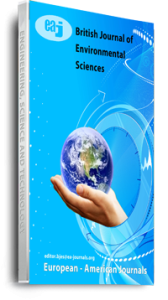The study evaluated grouting using some selected Chemicals to ascertain if erodibility of the soil is being affected (lowered) by grouting and to what extent. The study adopted the laboratory research method in analyzing the samples collected from the selected gully erosion sites to determine their various erodibilities using an artificial rainfall simulator. To achieve this, the following steps were taken: to determine the erodibilities of the formation samples collected, to determine the relationship between pre-grouting and post-grouting erodibilities of the samples of the formation collected and to infer whether or not grouting reduces erodibility. The study postulated and tested the hypothesis: there is no significant difference between the pre-grouting and the post grouting erodibilities of the samples collected. It was found that there is reduced erodibility with the application of each grouting chemical. The erodibility before grouting was higher than the erodibility after grouting and the test of hypothesis showed that there is significant difference between the pre-grouting and post grouting erodibilities of samples collected. The study therefore recommended the adoption of chemical grouting as a control measure to gully erosion in the study area. The study went further to recommend that there should be an insitu study on the workability of the grouting chemicals as proven in the laboratory with cost-benefit analyses being done in order to compare this method with other available methods.
Keywords: gully erosion; grouting of nanka sands, pre-grouting and post-grouting erodibilities.

